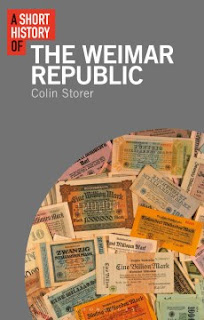New York : Kokila, [2019]
323 p. : maps ; 22 cm.
I know I ordered this book for the strong reviews it received, but what finally made me grab it off the shelf to look at one more time is the captivating cover. So, yes, covers matter! But there is so much more to this book. I think it is one of the best YA books I have read in a long time.
So what makes me hold this book such high regard? I think what I love is that it manages to do so many things at once and never condescends. What is Patron Saints of Nothing about? So many things: letting a friendship drop, family secrets, political violence, drug trafficking, the immigrant connecting with the home country, American naivete, the complexities of the truth, and growing up. Let me offer an example.
In the middle of the novel, the main character, high school senior Jay confronts his reactionary, violent uncle about the situation in the Philippines. The confrontation between them rings so true. The uncle who knows so much more about the Philippines than Jay, cuts him down to size as nothing but a spoiled, arrogant American coming back to the country he left as a baby. Jay knows the moral truth he is committed to, but is no match against the harsh and cynical adult and loses that argument. I've never read such a well conveyed interchange that captures this dynamic.
There is so much more. The novel is a coming of age novel, it's a murder mystery, it's a family conflict drama, it's a bit of a romance - and yet it manages to weave all these strands together without feeling forced.
I will recommend this book to our students and hope I can find someone who likes it as much as I did.




















